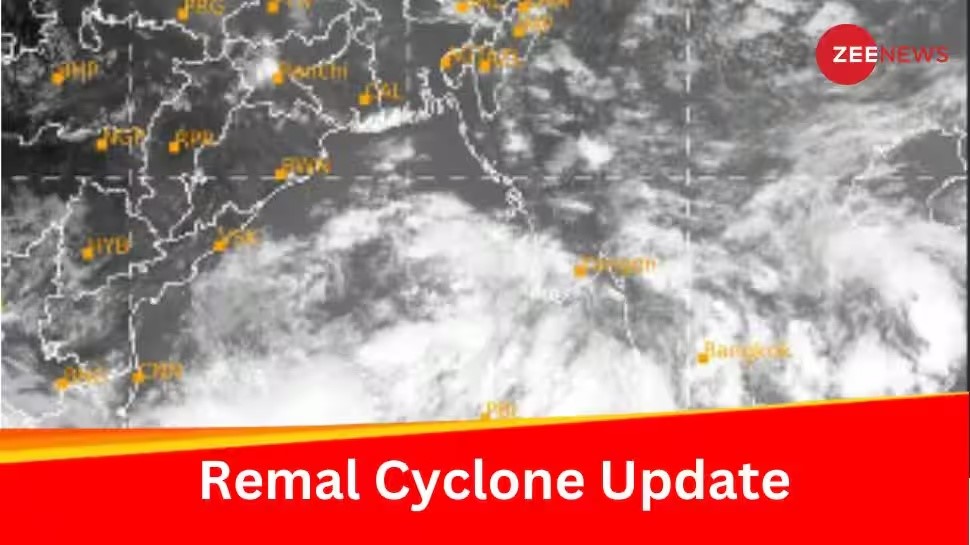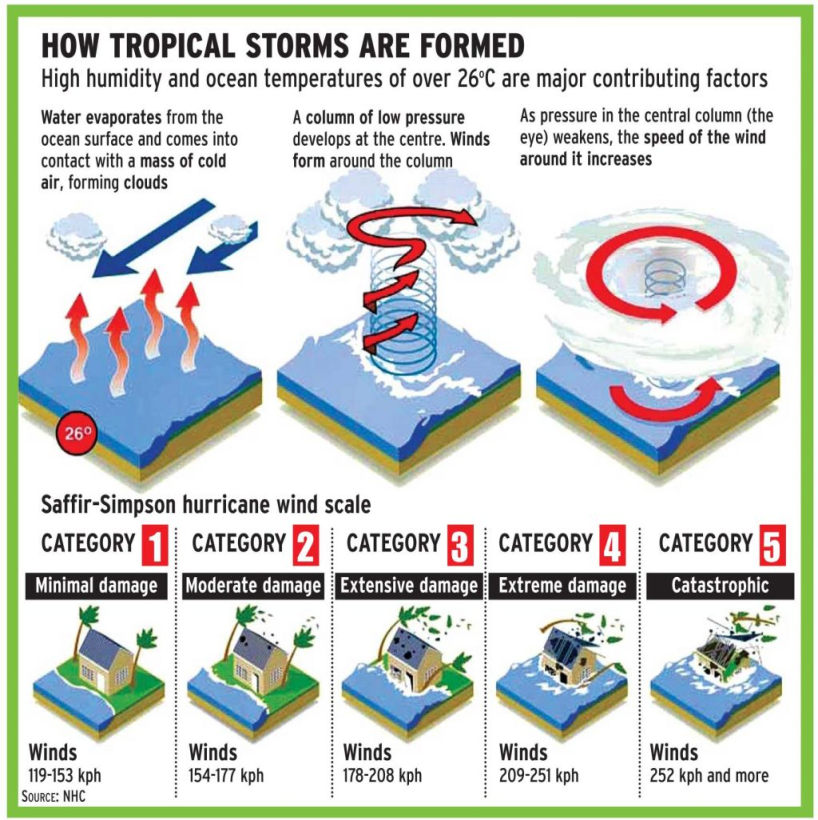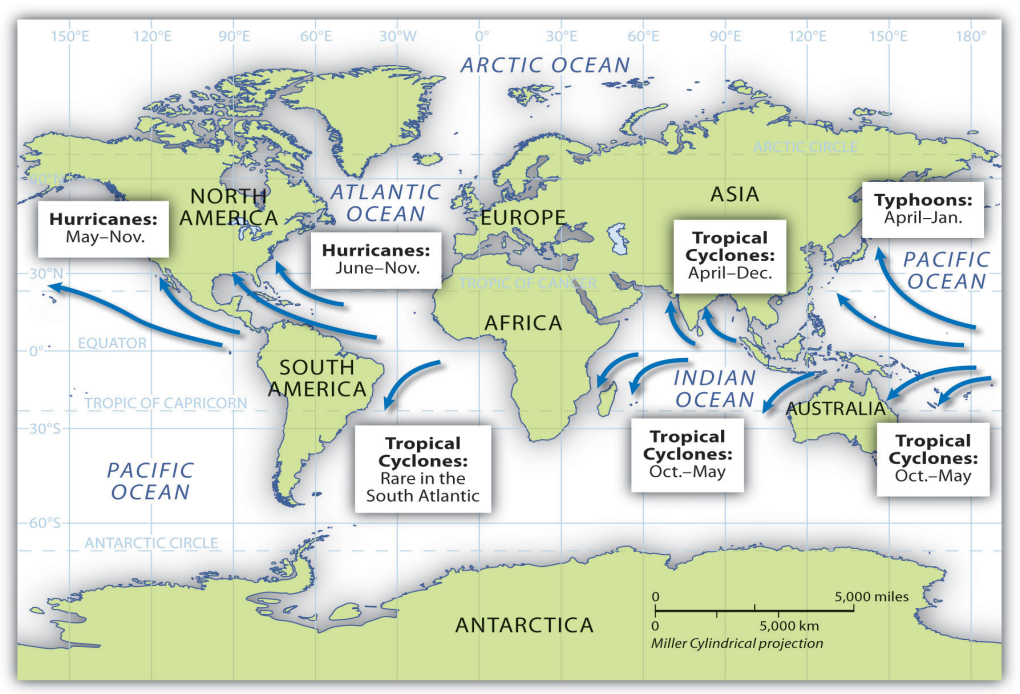Free Courses Sale ends Soon, Get It Now


Free Courses Sale ends Soon, Get It Now



Copyright infringement not intended
Picture Courtesy: https://zeenews.india.com/india/cyclone-remal-landfall-update-west-bengal-parts-of-bangladesh-gear-up-for-impact-2751735.html
Context: The formation of a low-pressure area over the Bay of Bengal has prompted concerns about the potential development of Cyclone Remal.
Details
|
India Meteorological Department ●A part of the Ministry of Earth Sciences, responsible for meteorological observations, weather forecasting, and seismology. ●Headquartered in Delhi, operates observation stations across India and Antarctica. ●Regional offices in Chennai, Mumbai, Kolkata, Nagpur, Guwahati, and New Delhi. ●One of six Regional Specialised Meteorological Centres of the World Meteorological Organisation. |
Cyclones

Worldwide Distribution and Terminology

Conclusion
Must Read Articles:
Source:
|
PRACTICE QUESTION Q. The Coriolis effect plays a crucial role in tropical cyclone development. Which of the following statements about the Coriolis effect and tropical cyclones is most accurate? A) It deflects winds outward from high-pressure systems in both hemispheres, hindering cyclone formation. B) It deflects winds inward towards low-pressure systems, regardless of hemisphere, aiding cyclone formation. C) It deflects winds clockwise in the Northern Hemisphere and counter-clockwise in the Southern Hemisphere, influencing cyclone rotation. D) It has minimal impact on tropical cyclones as their formation is primarily driven by sea surface temperatures. Answer: C |
© 2024 iasgyan. All right reserved